Fu, or wheat gluten, is a high-protein meat replacement used in Japanese and Asian cuisines.
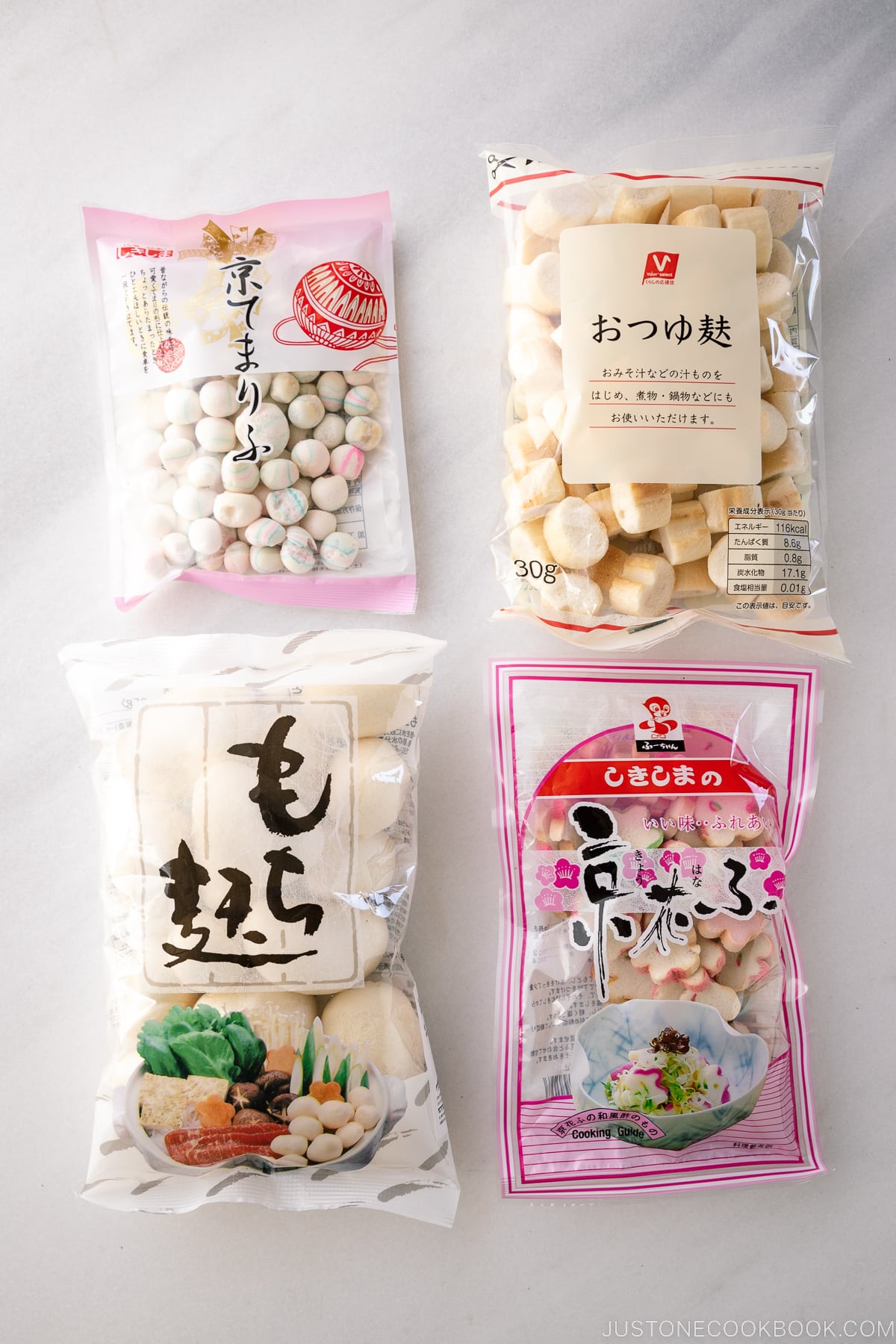
Wheat gluten, or Fu/Ofu (麩・お麩), is an alternative to soybean-based foods such as tofu. It has a long history as a meat substitute in Asian, vegetarian, Shojin Ryori (Japanese Buddhist temple food), Kaiseki Ryori, and macrobiotic cuisines, as it’s also high in protein. It’s also used in Wagashi Japanese confectionery.
Table of contents
What Is Fu
Wheat gluten is a dried food made from wheat gluten. It is made by washing wheat flour dough with water until all the starch granules are removed, leaving the sticky insoluble gluten as an elastic mass. It’s mixed with mochiko (glutinous rice flour) or wheat flour, shaped, dried, grilled, or fried. While it’s available around the country, it’s primarily eaten in the Kansai area (Kyoto and Osaka region).
It’s added to clear soups, sukiyaki, hot pot dishes, and regional cuisines.
It’s also an ingredient in Japanese desserts. Fu manju (麩饅頭) is manju made with nama-fu with red bean paste inside. It has a sticky and chewy texture compared to manju made of wheat flour.
What Does It Taste
The taste is neutral. As it’s spongy and chewy, it soaks up broths and flavors well.
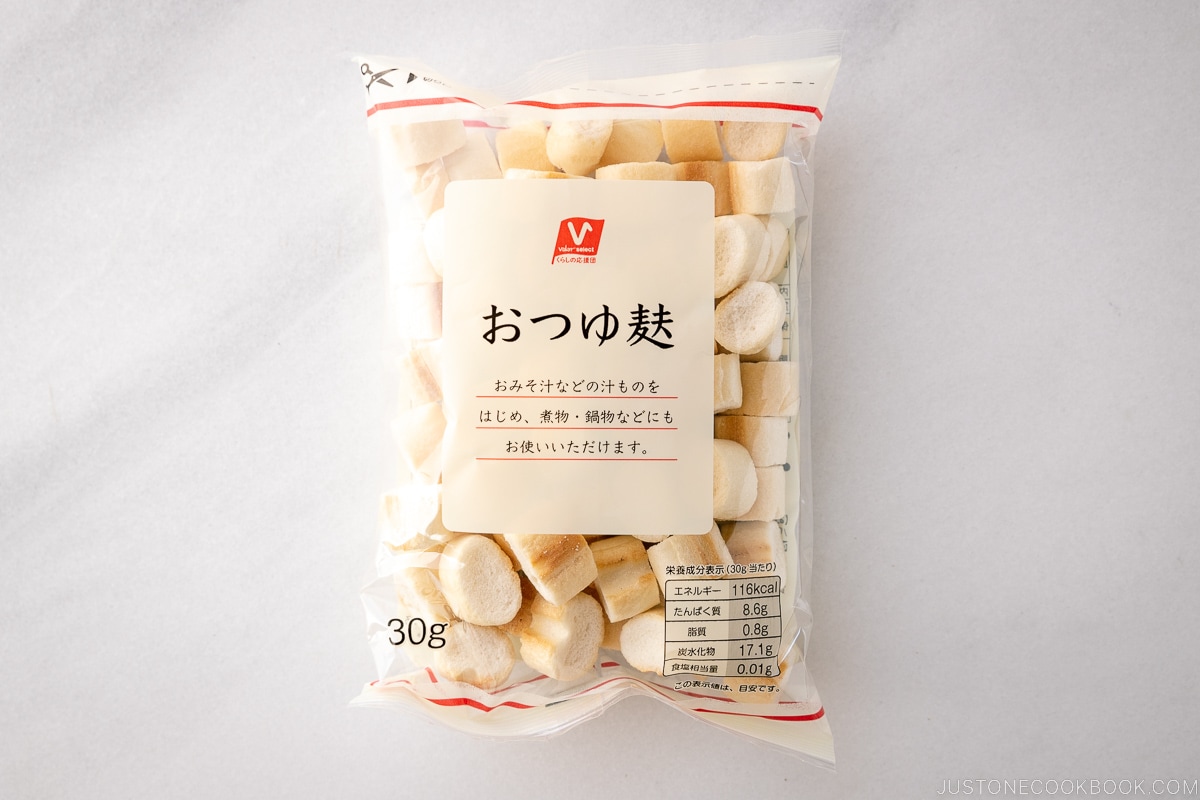
Varieties of Fu
There are different kinds of fu. Shapes include flowers, leaves, circles, donuts, squares, and tubes. There are over 100 regional styles of fu, cooked and eaten in the local cuisine.
Some varieties include:
- Nama-fu (生麩): made by adding mochiko to the gluten and steaming or boiling. It may be seasoned with mugwort, chestnut, ume plum, and sesame for color and texture.
- Yaki-fu (焼麩): made by adding strong flour/bread flour to the gluten, baking the shapes, then drying
- Kuruma-fu (車麩): Yaki-fu shaped into donut rings (kuruma is car in Japanese)
- Ita-fu (板麩): flat slices of fu (ita means board in Japanese)
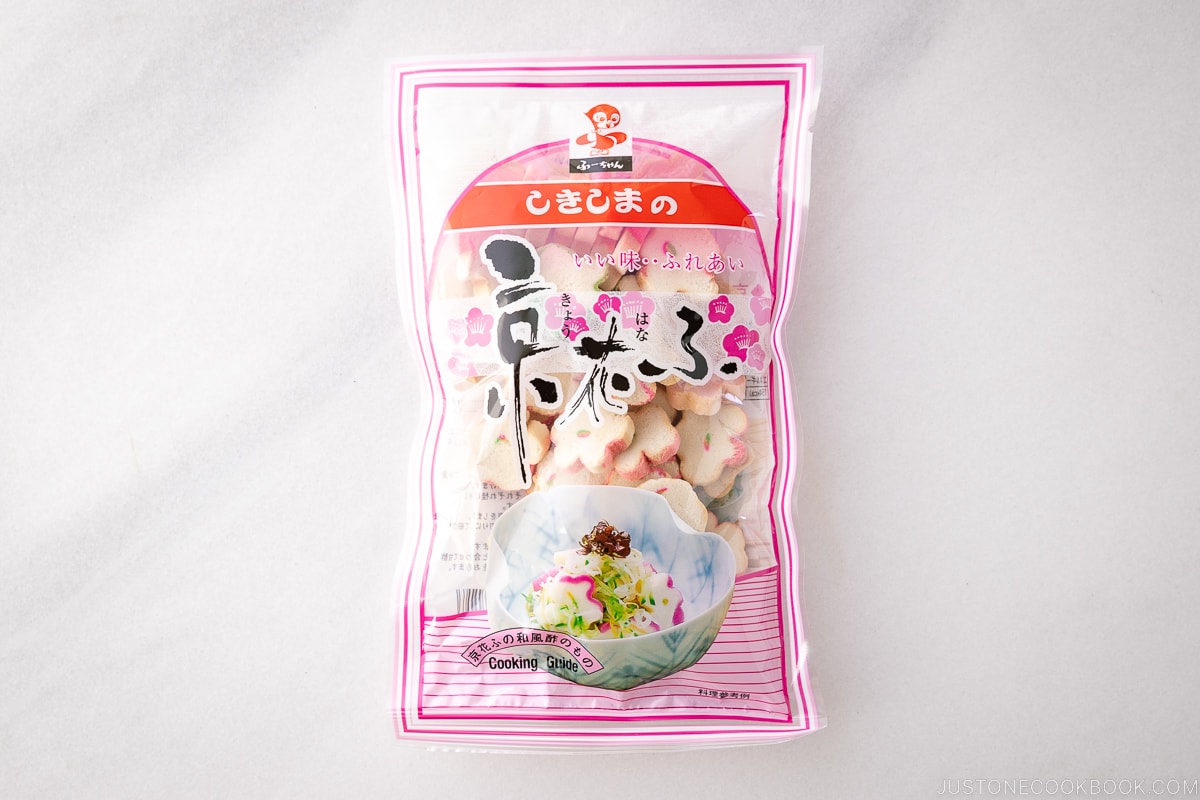
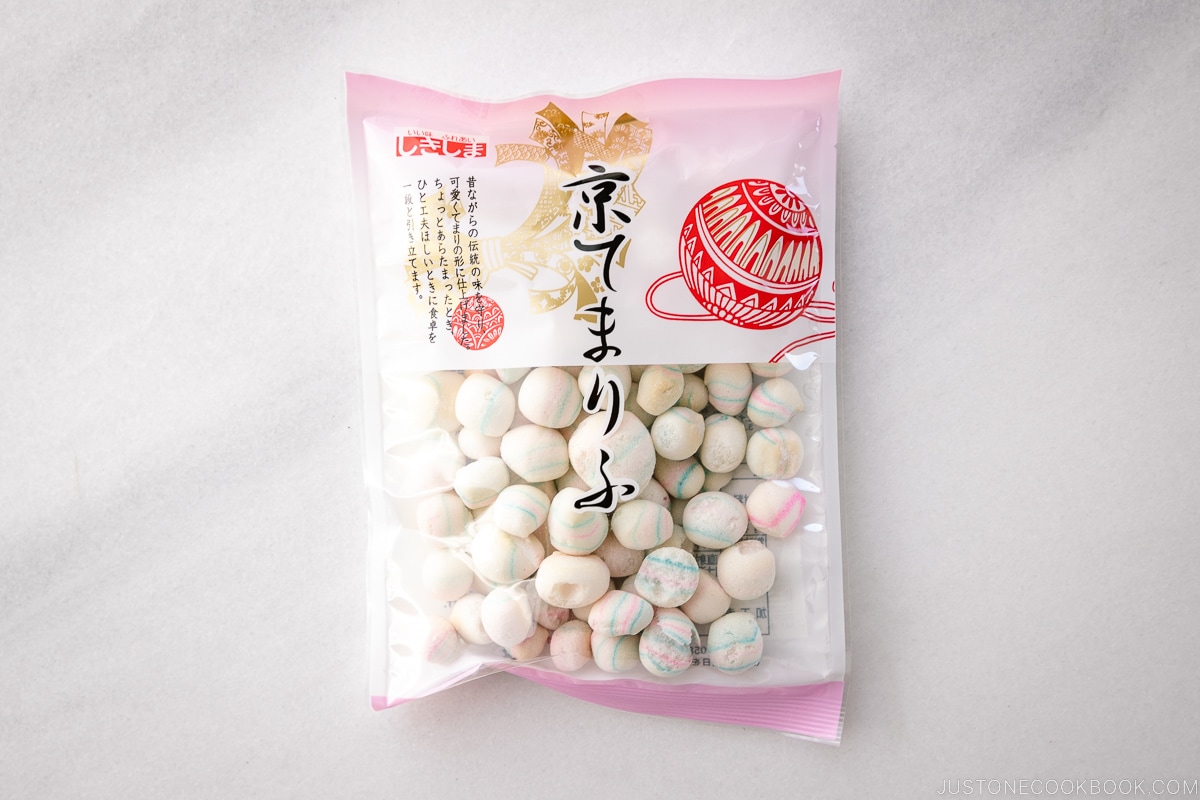
How To Use
Depending on the variety, you may need to soak it in water first or add it directly to cooking. The easiest way is to add a few to miso soup.
As it is suitable for vegetarians and vegans, you could use it as a meat replacer in tonkatsu or Japanese curry, braised dishes such as nikujaga, or stir-fries.
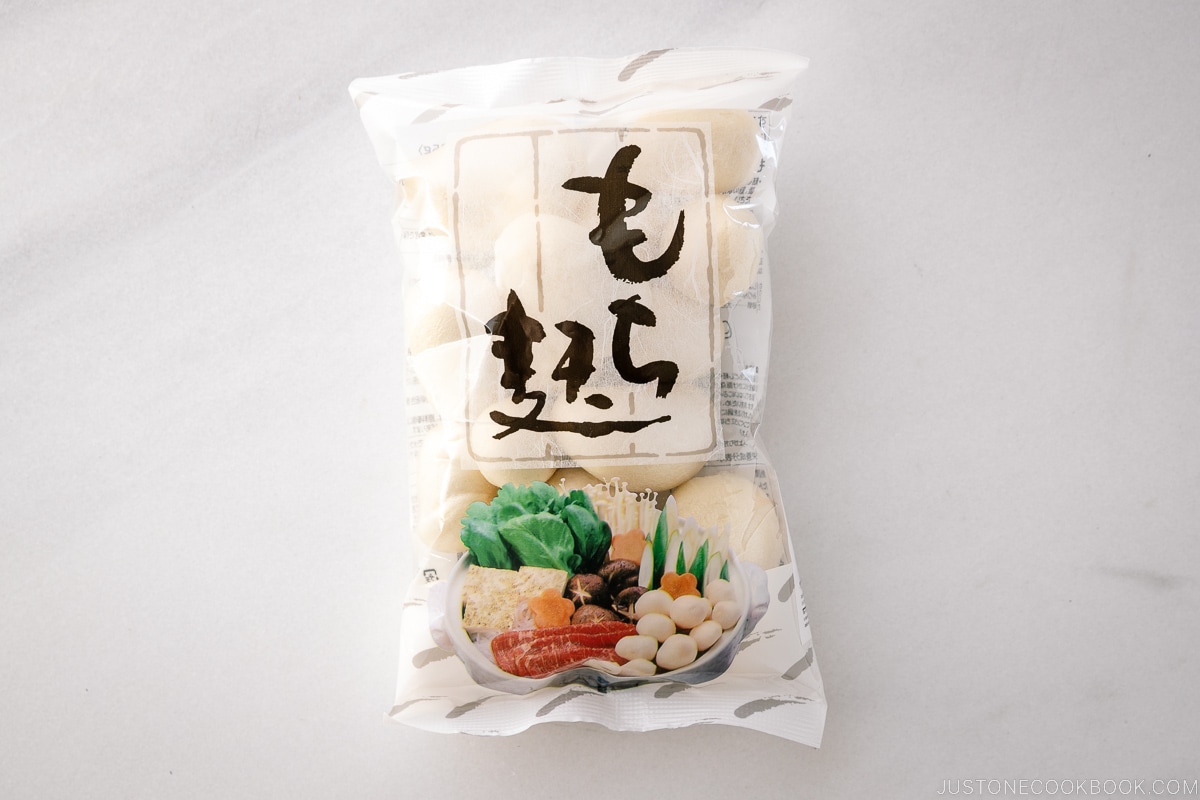
Recipes Using Fu
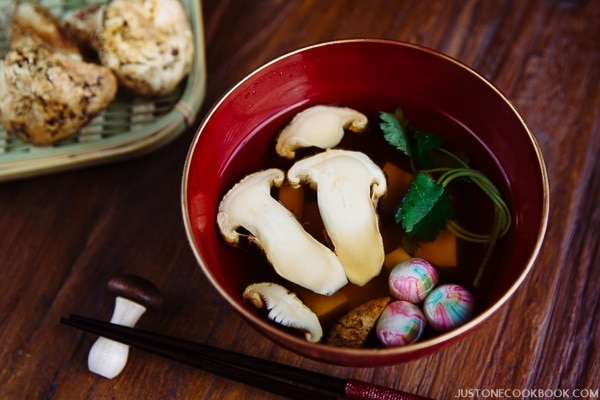
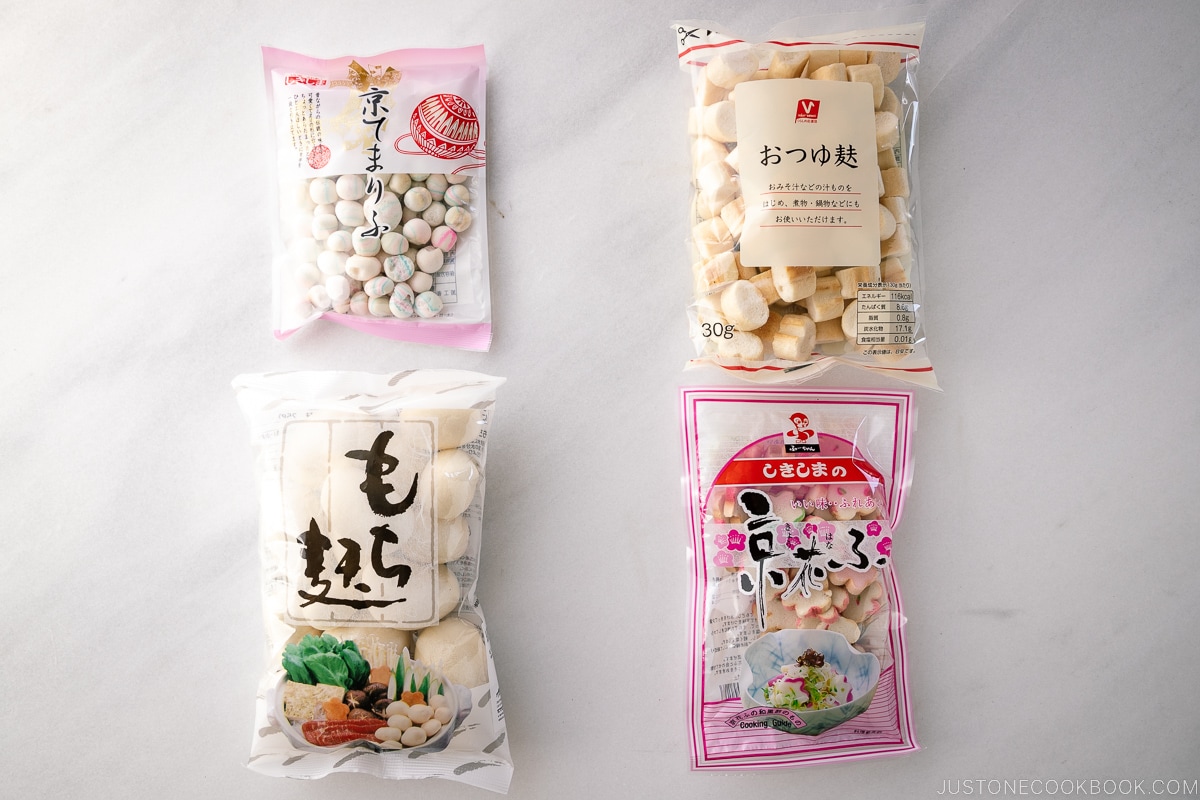
Where To Buy
Find it in the dried food aisle of Japanese or Asian grocery stores.
How To Store
As it is a dried food, keep away from moisture and humidity.
Wish to learn more about Japanese cooking? Sign up for our free newsletter to receive cooking tips & recipe updates! And stay in touch with me on Facebook, Pinterest, YouTube, and Instagram.



